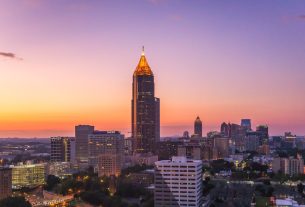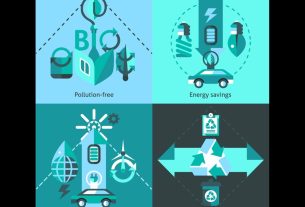|
Getting your Trinity Audio player ready...
|
Deer can show transitional use between agricultural fields and forests for foraging and shelter which may have an effect on the level of forest damage. In their latest research, Anders Jarnemo and colleagues investigate this relationship by studying red deer in Skåne, Sweden.
Red deer (Cervus elaphus) have been observed to cause severe damage to forest plantations through bark stripping, with tree species such as the Norway spruce (Picea abies) particularly prone to damage from about 10-45 years of age.
The extent of damage, however, is highly variable and not necessarily related to deer density as areas of low deer density have been shown to suffer from high damage.
Many factors affect bark stripping
To fully understand what affects the severity of bark stripping, we need to have a full picture of the factors that can lead to bark stripping in the first place – of which there are several.
Red deer population density is one clear factor but can be overshadowed by other more important factors such as management and structure of the forest, available forage, landscape composition, snow cover and human disturbance.
In our previously conducted study, red deer density didn’t seem to have an effect on bark stripping levels but instead found that availability of alternative forage had a significant effect on damage risk – the more vegetation the deer can feed upon in the forest, the less they need to eat bark.
In the same study, we also found that more open landscapes surrounding spruce stands led to higher risk of bark stripping. One explanation for this is that the dense spruce stands offer good daytime shelter for deer against human disturbance or unfavourable weather, and while under shelter, there is little else to eat than bark.
Can nutrient-rich food increase bark stripping?
An additional explanation for higher bark stripping levels in mixed forest agricultural landscapes is that red deer often feed in fields and on crops during the night. One hypothesis is that when deer eat large amounts of y red deer and we have earlier shown that rapeseed fields are attractive to red deer in southern Sweden.
We thus investigated the hypothesis that bark stripping levels increase with decreasing distance to rapeseed fields.
The research
Our research in Ecological Solutions and Evidence found support for this hypothesis as the spruce stands closer to rapeseed fields did indeed have significantly higher levels of damage.
Our results indicate that the observed increase in bark stripping was not from deer increasing their use of spruce stands near the rapeseed fields. Instead, it is possible that they increased their consumption of bark in in such stands in order to balance the intake of nutrient-rich rapeseed.
We also found that spruce stands closer to supplemental feeding stations had higher damage levels. Again, this could not be attributed to a higher use of stands close to feeding stations. We believe that certain types of feed create a need for deer to ingest bark. Sugar beets may be one feed type causing this pattern as it is a common feed type in the study area and has much higher proportions of non-structural carbohydrates than bark.

Management implications
A high availability of nutrient-rich food in the vicinity of forest stands should be considered when predicting forest damage risk. Possible counteractions could be an increased deer harvest, changing the choice of crop or supplemental feed types, and disturbance in the forest stands. The latter can be combined with a push-pull strategy where the deer are steered to disturbance-free zones, insensitive to damage and with alternative forage.
In line with earlier findings, bark stripping damage in our study increased with decreasing availability of alternative browse inside forests. The importance of alternative forage availability highlights the necessity for managers to actively promote broadleaf tree and shrub forage within and around their production stands in order to reduce damage risk.
Read the full research: “The proximity of rapeseed fields influences levels of forest damage by red deer” in Issue 3:2 of Ecological Solutions and Evidence.


